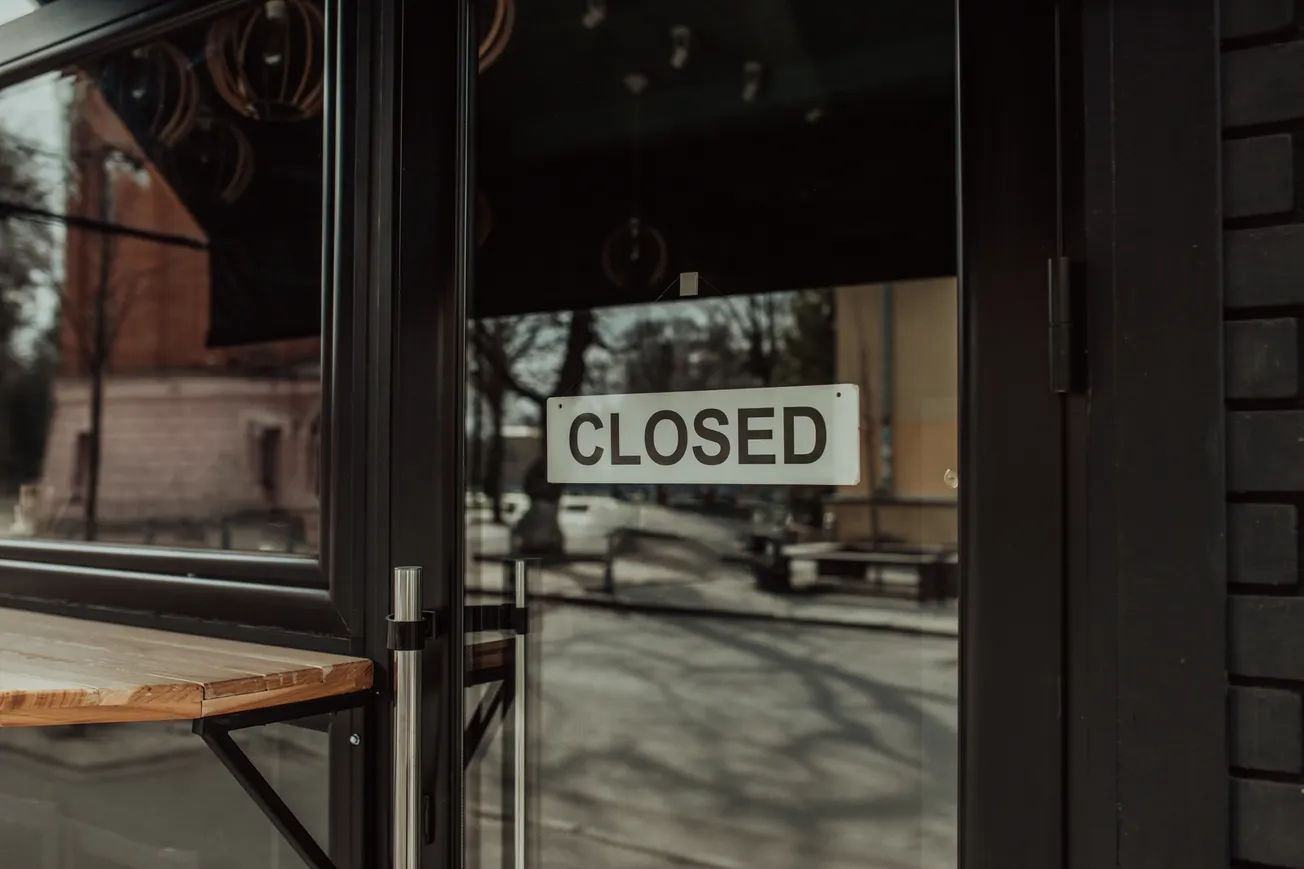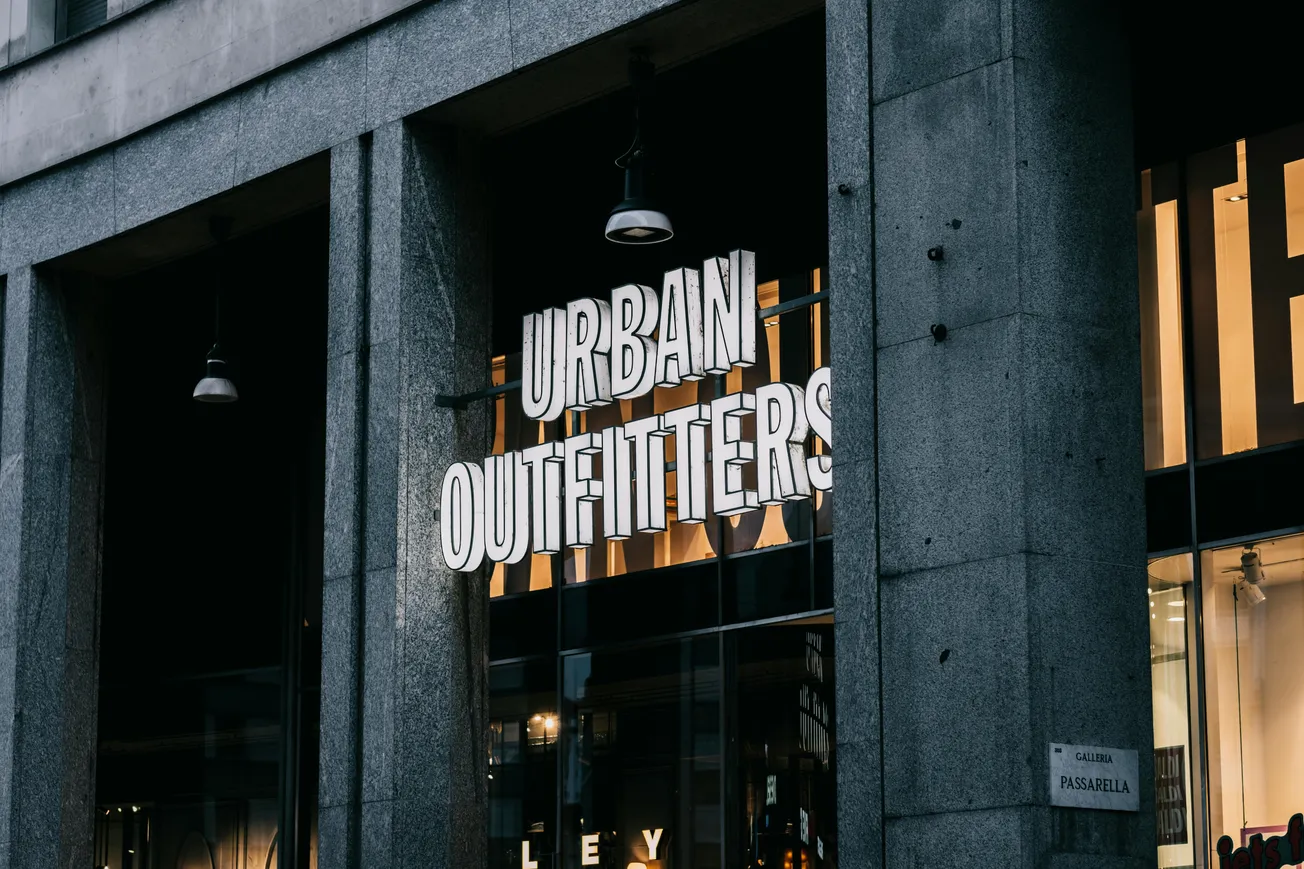1. Rising Inflation and Tariffs
Retailers face mounting pressure from inflation and tariff‑driven costs. According to the Federal Reserve’s preferred Consumer Price Index (PCE), consumer inflation reached 2.6% year‑over‑year in June 2025, driven largely by import tariffs on clothing, appliances and other goods.
Major brands like Procter & Gamble have announced selective price increases on roughly 25% of their products, citing $1 billion in anticipated tariff-related costs, according to The Washington Post.
2. Changing Consumer Behavior: Essential First
Economic uncertainty is shifting spending toward essentials. A recent AP‑NORC poll found nearly all U.S. adults stressed over rising grocery prices, with many switching to discount stores, cutting subscriptions or trading down to store brands.
Discretionary categories such as apparel, luxury goods and home merchandise are suffering sharp declines, with Mondelez reporting a 3.5% fall in snack volumes as consumers tighten budgets.
3. Supply Chain Volatility and Inventory Imbalance
Post‑pandemic supply chains remain fragile. The collapse of just‑in‑time inventory models, combined with labor shortages and geopolitical disruption, has left retailers facing both costly stockouts and excess inventory. According to Bain, about 75% of executives are juggling at least six competing supply‑chain priorities, from forecasting accuracy to talent shortages.
4. E‑Commerce Acceleration and Store Strategy Reassessment
The structural shift to online retail is transforming many brick‑and‑mortar operations. Physical stores now must prove location profitability while integrating omnichannel services like BOPIS and curbside pickup, according to Big V Property Group. Retailers are increasingly focused on experiential differentiation to justify physical investments amid rising online competition.
5. Operating Costs and Labor Pressures
Elevated labor costs and overhead such as rising wages, real estate and logistics are eroding margins and limiting discretionary investment in technology and programs like loyalty initiatives. Structural labor tightness is compounding management challenges as retailers attempt to reinvest in digital systems and personalized experiences.
6. Strategic Trade‑Offs: Short‑Term Margins vs. Long‑Term Investment
As Scott Benedict termed it, this is a “perfect storm". Retailers must make difficult trade‑offs between protecting near‑term profitability and funding long-term transformation. Those with scale, like Walmart, leverage inventory buffering to soften the impact of tariff shocks and maintain price discipline relative to competitors.
Savvy Retailers Respond Proactively
Retail leaders are navigating this convergence of pressures with several strategic moves:
- Accelerating tech and data investments. Real‑time analytics and demand‑forecasting tools help optimize inventory, adjust pricing dynamically and mitigate supply‑chain risks.
- Optimizing store footprints. Retailers are exiting underperforming locations while rebalancing investments in high‑margin experiential formats.
- Deepening loyalty and private-brand strategies. To retain value-conscious customers, leading retailers are boosting private‑label offerings and investing in personalized loyalty programs.
- Supply base reshoring and diversification. Commerce models are shifting toward closer suppliers to reduce delivery risk and balance inventories.
Takeaway for Industry Stakeholders
For executives navigating retail’s shifting currents, understanding these six interwoven challenges is essential. Strategic resilience will depend on combining tactical urgency – managing costs, inventory and consumer expectations – with long-term bets in technology, brand coherence and loyalty infrastructure.
The smartest players are seizing a dual mandate: sustain performance today while building capabilities for tomorrow’s omnichannel world.









